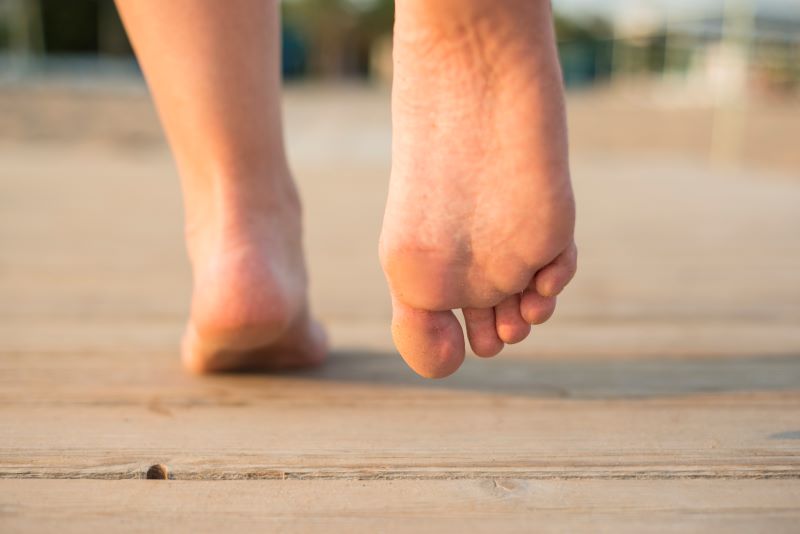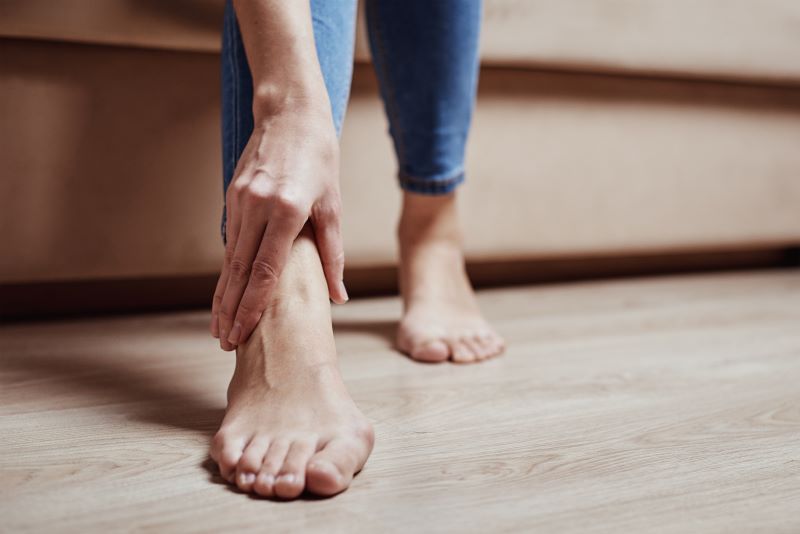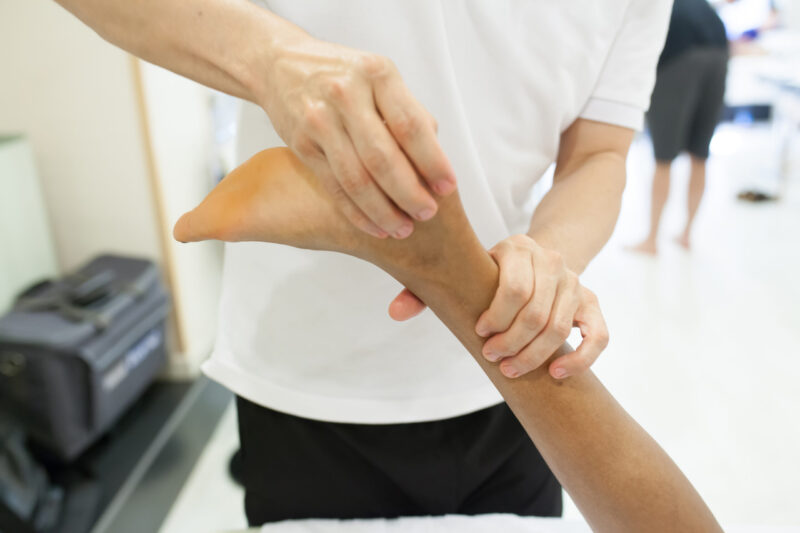Over 15% of people worldwide are afflicted with corns and calluses on their skin. These unfortunate skin growths most often form on the toes, fingers, and various other parts of your feet and hands. But what is a foot corn exactly? These medical growths that most commonly develop on your feet and hands as hardened, thick layers of skin develop when your skin attempts to protect itself against pressure or friction. If you are relatively healthy, you may not need a particular treatment for your calluses and corns. However, you may need treatment if they cause a degree of pain or you don’t like their appearance. For many people, simply working to remove the source of pressure or friction can allow calluses or corns to disappear. However, you may have some questions beyond “What is a foot corn?”
In this article, we’ll discuss the answers to some other top questions surrounding foot and hand corns. These questions include “What does a corn look like?” and “Are corns painful?” We’ll also discuss how you can pursue effective and lasting foot corn removal in Algonquin, Illinois. While these body growths can develop on various parts of your body and are one of the most common medical conditions people can experience and need greater knowledge and treatment of worldwide, options are available for resolution and relief. It’s important to maintain and promote wellness and quality of life. With a high degree of wellness, you can continue to be active and pursue your hobbies and goals. Whether you’re seeking clarity, treatment, and potential foot corn removal in Algonquin or elsewhere, the Foot and Ankle Specialists of Illinois are here for you!
 What Does a Corn Look Like?
What Does a Corn Look Like?
Beyond answering “What is a foot corn?” and “Are corns painful?”, it’s natural to also wonder at some of the top signs and symptoms of a corn. Some of these top signs and symptoms can give you a better idea of what to expect. These signs and symptoms can also give you a better idea of the appearance by answering “What does a corn look like?” A foot or hand corn can have a raised and hardened bump or a rough and thick area of skin. You can have a degree of pain or tenderness under the affected area or some dry, flaky, or otherwise waxy skin. One important distinction to make is that calluses and corns are not the same medical condition. These particular medical conditions and growths can have various differences.
Corns and calluses can have separate appearances, signs, symptoms, pain, and body locations. A callus is a rarely painful body growth that develops on pressure spots of your body. Corns are generally deeper and smaller. Calluses can come in many shapes and sizes. Calluses can also often present as larger than hand or foot corns. A hand or foot corn essentially has a hard central area that’s surrounded by swollen skin. One of these growths can feel painful when pressed upon. A callus can develop on your knees, hand palms, foot heels, and the balls of your feet. Harder body corns frequently form on the top of a toe or outer edge of a small toe. Softer body corns tend to develop between your toes.
 How Painful Are Corns?
How Painful Are Corns?
While both corns and calluses can be physically painful under certain conditions and levels of severity, they’re often not ultimately serious growths, or dangerous, widely impactful medical conditions. If a corn or callus becomes highly inflamed or painful, it’s important to connect with your local podiatrist or other healthcare provider. This is an essential step for resumed or improved health and wellness as even a minor injury on your feet or hands can lead to an open and ultimately infected sore, also known as an ulcer.
As to the general causes, both corns and calluses can develop due to various repeated actions you may participate in on a regular basis. Wearing sandals and other shoes without also wearing proper socks can cause friction on your feet, causing foot corns to develop. Using hand tools or playing instruments can also cause these growths due to repeated pressure. One of the biggest contributors is wearing ill-fitting shoes and socks.
If you participate in one or more of these repeated activities on a regular basis, especially after you feel or visually perceive a developing corn, you can experience an increased level of physical pain. Just as with many other medical conditions you can experience in your lifetime, proper awareness and corrective steps can make a very significant difference for your experienced pain and ultimate health and wellness.
If you remain consistently aware of the current physical conditions of the areas of your body at risk for developing corns, you can significantly reduce or even prevent further development and resulting levels of pain severity. Some of the top preventative measures you can take to reduce or prevent the existence and resulting pain of corns include wearing protective coverings over at-risk areas, wearing padded gloves when using various hand tools or padding the hand tools, and wearing proper shoes and socks for comfort, support, and your various activities.
Foot Corn Removal in Algonquin
If a corn persists or becomes more painful, other treatments such as medicated patches and shoe inserts can provide relief. Removal options include trimming away excess skin or undergoing surgery.
 FASI Can Prevent Painful Corns
FASI Can Prevent Painful Corns
While corns can develop on various parts of your body and become increasingly painful without proper attention and treatment methods, prevention and relief are possible. If you’re in the Algonquin area, connect with the Foot and Ankle Specialists of Illinois today.

